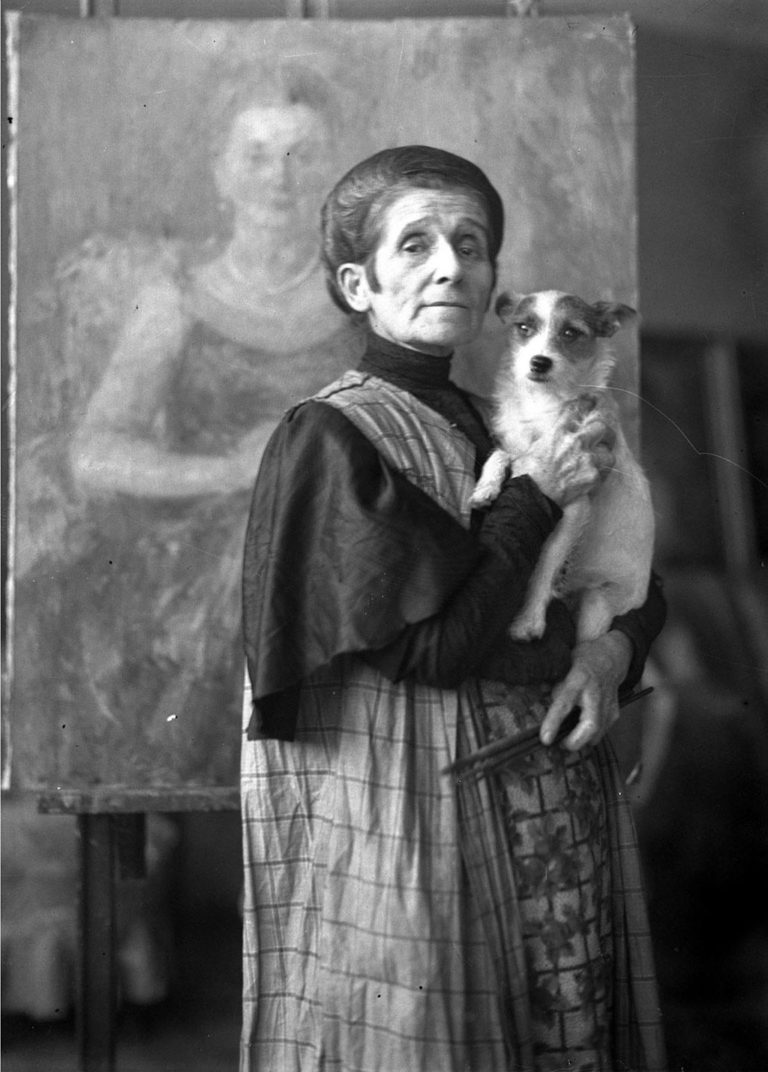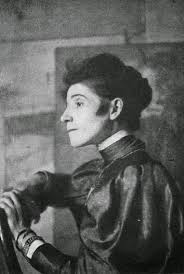
1865 - 1940
Olga Boznanska

description
A well-known Polish author of portraits and landscapes, a talented teacher, a participant in several art associations and exhibitions around the world. She was awarded many prestigious awards, including a gold medal at the international art exhibition in Munich (1905), the French Order of the Legion of Honor (1912), and a golden laurel wreath “For outstanding achievements in Polish art” (1936), Grand Prix at the Paris Expo (1939), the Order of the Renaissance of Poland (1938). Many of the portraits she created are considered real masterpieces.
Key ideas:
– Olga Boznanska developed her own famous and recognizable style. Her portraits convey not only the appearance of models, but also their characters, live emotions and mood. Faces of the depicted people look not quite realistic; those are rather psychological portraits. The use of muted shades helps to achieve the effect, as if the viewer looks through the frosted glass; however, this does not decrease the expressiveness of the depicted ones.
– In the Munich period (1886-1898) she chose her palette, concentrating it in dark colors. Among them, brown, green, gray and black colors prevail, while white and pink act as counterpoints. The artist extensively uses them painting still lifes, interiors and unusual landscapes.
– In more mature works of Boznanska, clothes and interior are lighter than faces of models; this emphasizes their spirituality and psychological expressiveness. Dynamic brush strokes and bright colors create the effect of narrowing and flattening the space.
– Olga’s works include images of children and adults, people solemnly posing and lost in their thoughts. A special place is occupied by self-portraits, revealing the passage of time and its influence on the facial features of the artist.
– In her Paris period (1890-1940), the artist created several virtuoso sketches of people in the interior. In them, the mood of intimacy and melancholy is enhanced by a narrow range of brown and gray shades, which are enlivened with the help of carmine and white spots. At the same time, her still lifes became more schematic, almost abstract. Sharper brushstrokes, complex harmonies of tones, iridescent colors started to appear; this makes you think that objects are alive and colors have their own secret life.
1865
1886 - 1890
1890
1894 - 1896
1898
1900
1901
1912
1932
1937
1940
Olga Boznanska was born
She lived in Munich

She began to exhibit her paintings

Received prestigious awards

Moved to Paris
Entered the Association of Polish Artists “Art”. Moved to Paris.
Was awarded a gold medal

The exhibition of her paintings was held in Pittsburgh

She represented France along with C. Monet and O. Renoir at an exhibition in Pittsburgh

The artist visited Krakow for the last time

She was awarded the Grand Prix at the World Expo in Paris

Olga Boznanska died


